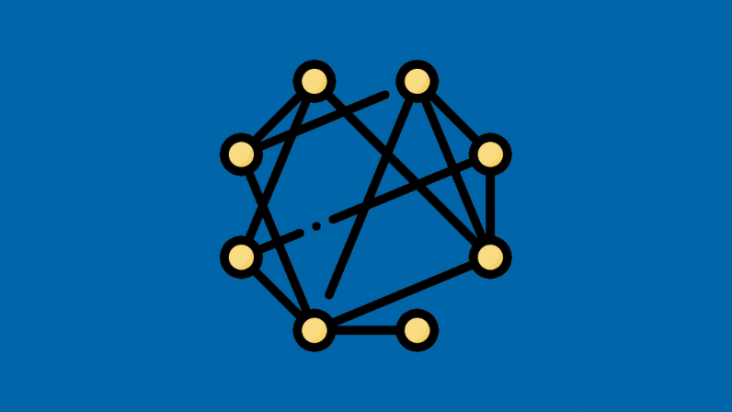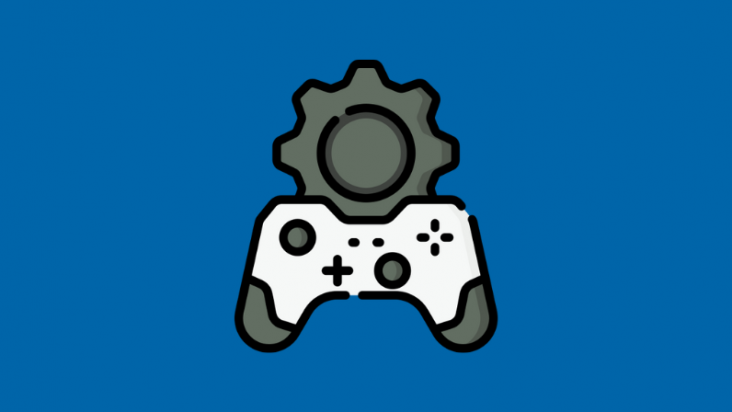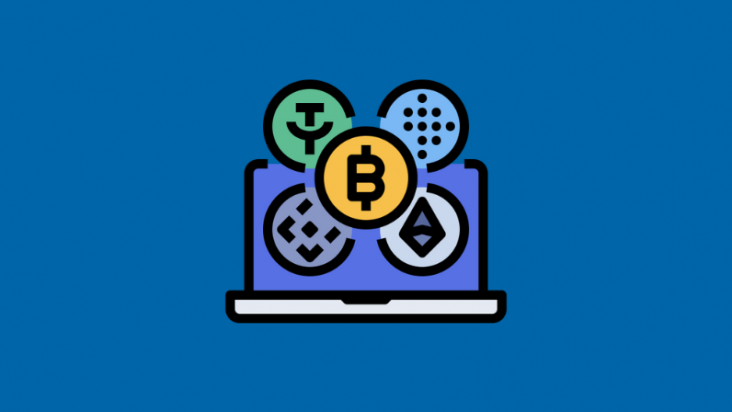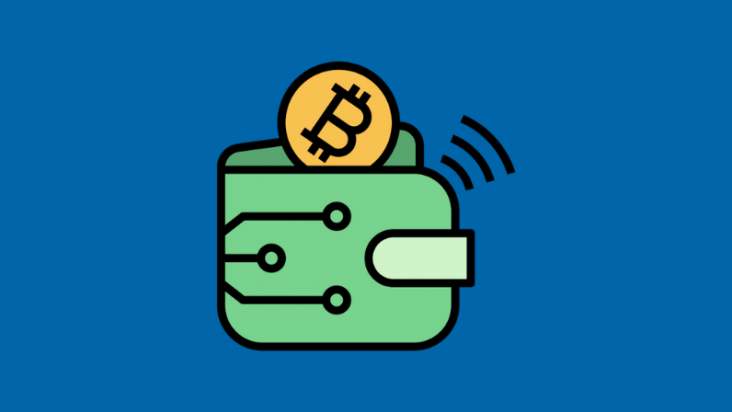

Game as a Service—what does it mean? GaaS is a model that has revolutionized the way we think about video games. At its core, it transforms a game into a platform with long-term support and content updates, rather than a one-time purchase that players quickly move on from. GaaS focuses on retaining players’ attention by offering fresh experiences and encouraging them to return to the game again and again.
GaaS is not just a reliable source of revenue—it’s also a significant challenge for developers. For blockbuster titles like The Sims, Fortnite, and Genshin Impact, this model has become a true success formula, turning games into cultural phenomena. But what makes GaaS so effective? What is the secret behind its popularity?
Why Has GaaS Become a Successful Model?
The primary reason behind GaaS’s success is its ability to build long-term, mutually beneficial relationships between players and developers. Players stay engaged with the game, eagerly awaiting updates, following announcements, and participating in its community. Meanwhile, developers gain unique insights into their audience’s preferences. By analyzing player behavior and reactions to past updates, they can refine their strategy, introduce new mechanics, and test hypotheses to enhance the gaming experience.
One of the core pillars of GaaS is regular updates that give the impression of a constantly evolving game. These updates can include new levels, quests, characters, items, balance adjustments, or graphical improvements. Temporary events tied to holidays, seasons, or cultural moments also play a crucial role. For example, Christmas events or summer festivals not only add fresh content but also make players feel like part of something unique.
Additionally, GaaS’s flexibility allows developers to quickly adapt to trends and stay relevant. Constant content updates and timely events make the game feel alive and keep its community engaged, explaining why this model thrives in today’s gaming landscape.
The Sims: Breaking Down the Phenomenon
The Sims is one of those games that unexpectedly became a hit for EA, securing its place among the most successful gaming franchises in the world. Initially designed as a life simulator, The Sims has evolved into a true GaaS project over the years. Its longevity is owed not only to the game’s initial popularity but also to the model that keeps it “alive” for decades.
EA consistently releases major expansions for The Sims, along with smaller updates that introduce new features, objects, challenges, and even thematic events. Recent DLCs like “Life and Death,” “Cupid’s Arrows,” and “For Rent!” expand the gameplay by adding new locations, mechanics, and items, keeping players’ interest alive.
The game also leverages temporary events and trends. For example, new skins, items, and decorative elements tied to cultural or seasonal phenomena frequently appear in the game. This strategy keeps players engaged and makes The Sims a part of their everyday lives. The Sims is a prime example of how GaaS enables a game to remain popular for decades by providing consistent content and fostering a strong community connection.
Fortnite: A Constant Evolution
Fortnite stands out not only for its gameplay but also for its unique approach to integrating cultural trends and brands. Thanks to the GaaS model, the game has transformed into a platform where large-scale events bring players from around the globe together. One of the key factors in its success has been its numerous collaborations. Fortnite frequently releases crossovers with the Marvel Cinematic Universe, Star Wars, TV shows, popular musicians, athletes, and even other games like League of Legends.
The GaaS model in Fortnite manifests through constant updates, including new skins, characters, and game modes. Developers closely follow global trends and quickly incorporate relevant content, which helps retain players and attract new audiences. For instance, themed events tied to holidays or the release of major films create a sense of a living, ever-evolving world.
In 2024, Fortnite remained one of the most talked-about games on TikTok, ranking second with over 10.7 billion views, according to Fancensus. This demonstrates how GaaS enables the game to maintain cultural relevance and foster strong engagement across diverse audiences.
Genshin Impact: Blending F2P and GaaS
Genshin Impact is a shining example of successfully combining two models:
- Free-to-Play (F2P) and Games as a Service (GaaS). This game expertly leverages the strengths of both systems, creating an engaging experience for players worldwide while ensuring a stable revenue stream for its developers. The F2P model lowers the entry barrier, attracting a massive audience, while GaaS ensures long-term engagement and monetization.
- In Genshin Impact, the GaaS model is supported by the “gacha mechanic,” where players use in-game currency to acquire new characters and rare items. Regularly introducing new characters, regions, quests, and events, developers keep the game fresh and exciting for its players. Special activities, such as themed festivals and combat challenges, offer players unique opportunities to explore the game world and participate in exclusive experiences.
- This combination of models has yielded impressive results. As of 2024, the game boasts over 60 million monthly active players (according to ActivePlayer.io) and remains one of the highest-grossing mobile games globally.
Challenges and Risks of GaaS for Developers
While GaaS offers developers unique opportunities to retain players through constant updates and new features, it also comes with significant challenges. One of the biggest risks is developer burnout. The constant need for content creation demands enormous effort, which can not only affect the pace of work but also lead to a decline in quality.
Additionally, players often have high expectations. They anticipate unique, innovative updates that continue to surprise them. For developers, this means finding a balance: a lack of originality may disappoint players, while an excessive focus on frequent releases could compromise content quality.
Another challenge is the “blind spot effect.” The endless addition of new material can make a game overly cluttered with content. An excessive number of updates, mechanics, and features can overwhelm players, reduce navigational convenience, and create a “content junkyard” effect, where important elements get lost in the chaos. GaaS is only successful when developers strike a balance between the quantity and quality of content. It’s not just about adding new elements but ensuring they fit seamlessly into the game world, providing players with a unique yet coherent and enjoyable experience.
Conclusion
GaaS is not just a monetization model but a powerful tool for creating long-term engagement with players. The success formula of GaaS lies in cyclical interest fueled by regular updates, trend-responsive content, and an efficient monetization system. This strategy has helped games like The Sims, Fortnite, and Genshin Impact become cultural phenomena, uniting massive fanbases and maintaining peak popularity. The true secret of GaaS lies in balance: between the interests of players and developers, content quality and quantity, innovation and consistency.








